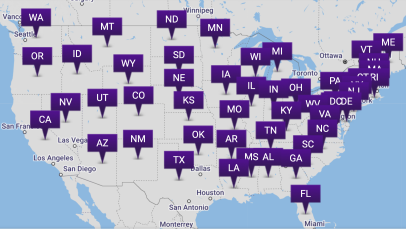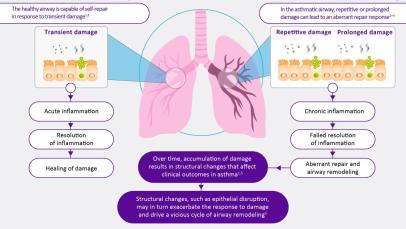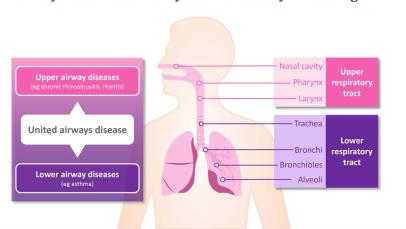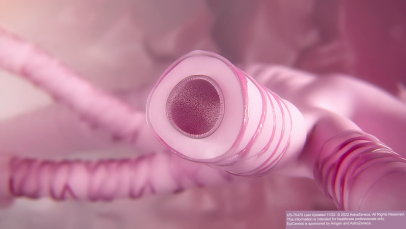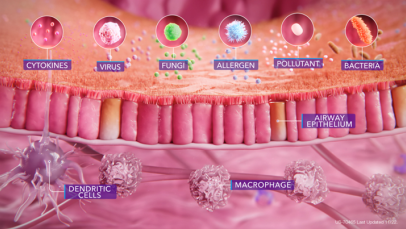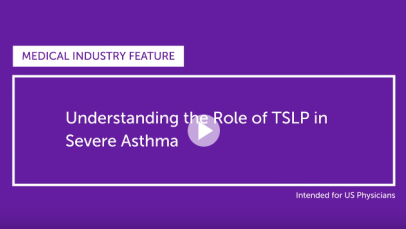EPICENTRAL
Our Mission
Despite advances in diagnosis and management, many patients with respiratory disease still experience sub-optimal disease control.1–3 In a quest for elevated patient care, understanding the central role of the epithelium as an immune-functioning organ in both upper and lower airway disease is critical.3–5
Much of respiratory disease pathogenesis can be understood by exploring the Type-2 and beyond Type-2 inflammatory cascades that start at the epithelium.4–7 Increased understanding of the epithelium should therefore inform scientific exchange, exploring ways to improve disease stability and achieve remission.8–10
Earlier and more regular monitoring is crucial to manage the dynamic and complex nature of epithelial-driven disease and better patient outcomes.3,7,11,12
EpiCentral has been co-created with international experts to provide educational content, tools, and resources to further scientific exchange and enhance clinical practice in the ‘epithelial era’.
1. Global Initiative for Asthma (GINA). Global strategy for asthma management and prevention. 2021. https://ginasthma.org/wp-content/uploads/2021/05/GINA-Main-Report-2021-V2-WMS.pdf. Accessed January 2024. 2. Wang E, et al. Chest. 2020;157:790–804. 3. Fokkens W, et al. Otolaryngol Clin North Am. 2023;56:1–10. 4. Bartemes KR, et al. Clin Immunol. 2012;143:222–235. 5. Gauvreau GM, et al. Expert Opin Ther Targets. 2020;24:777–792. 6. Cohen L, et al. Am J Respir Crit Care Med. 2007;176:138–145. 7. Chapman DG, et al. Clin Exp Allergy. 2015;45:706–719. 8. Menzies-Gow A, et al. J Allergy Clin Immunol. 2020;145:757–765. 9. Thomas D, et al. Eur Respir J. 2022;60:2102583. 10. Lommatzsch M, et al. Lancet. 2022;399(10335):1664–1668. 11. Busse WW. Allergol Int. 2019;68:158–166. 12. Tran TN, et al. Ann Allergy Asthma Immunol. 2016;116:37–42.
Meet our epicreators
Meet the international team of experts who have co-created EpiCentral content and educational resources.
“EpiCentral is an incredible new initiative, and it refocuses our attention on the epithelium.”

Professor Louis-Philippe Boulet, MD, FRCPC
Professor of Medicine, Department of Medicine, Laval University
“In the last three decades, I’ve been involved in research in asthma and respiratory allergy, as well as in education and knowledge translation in respiratory health.”

Professor Christopher Brightling, PhD, FMedSci
Clinical Professor of Respiratory Medicine, University of Leicester and Glenfield Hospital
“My particular area of interest is airway diseases, in particular severe asthma, and trying to understand what are the underlying mechanisms.”

Assistant Professor Marco Caminati, MD
Assistant Professor in Asthma, Allergy and Clinical Immunology, Department of Medicine, University of Verona
Biography coming soon.

Professor Pascal Chanez, MD, PhD
Professor in the Department of Respiratory Diseases, University of Aix-Marseille
Biography coming soon.

Dr Simon Couillard, MD-MSc
Assistant Professor in Medicine, Université de Sherbrooke
“EpiCentral is an important platform to tackle our rapidly evolving knowledge of the airway epithelium as the epicentre of asthma.”

Associate Professor Delbert (Del) Dorscheid, MD, PhD
Associate Professor, Centre for Heart Lung Innovation, University of British Columbia
Biography coming soon.

Professor Teal S. Hallstrand, MD, MPH
Professor of Pulmonary, Critical Care and Sleep Medicine, University of Washington
Biography coming soon.
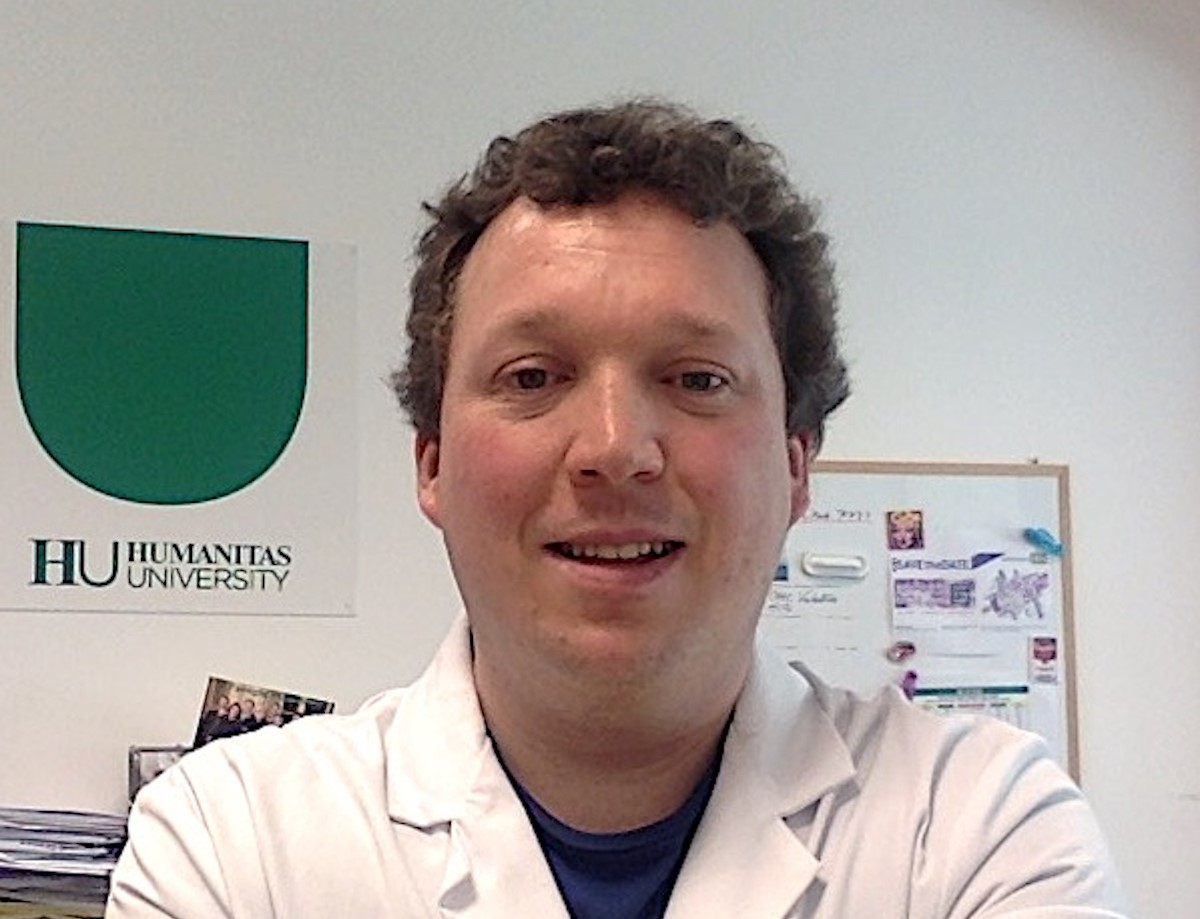
Professor Enrico Heffler, MD, PhD
Associate Professor of Internal Medicine and Director of Postgraduate Residency Program in Allergy and Clinical Immunology, Humanitas University
Biography coming soon.

Dr Tanya M. Laidlaw, MD
Associate Professor of Medicine, Harvard Medical School
Biography coming soon.

Professor Bruce Levy, MD
Division Chief, Pulmonary and Critical Care Medicine Division, Brigham and Women’s Hospital
“I have a longstanding interest in exploring the fascinating biology of the airway epithelium and its role in health and disease.”

Professor Gianni Marone, MD
Professor of Medicine, School of Medicine and Surgery, University of Naples Federico II
“Our team is working in the Center for Basic and Clinical Immunology Research of the University of Naples Federico II, and focuses on inflammatory mediators in allergic diseases.”

Professor Ian Pavord, MA, DM, FRCP, FERS, FMedSci
Professor of Respiratory Medicine, University of Oxford
Biography coming soon.

Professor Celeste Porsbjerg, MD, PhD
Professor of Severe Asthma, Bispebjerg Hospital
“I am an expert in severe asthma, and I have a longstanding interest in the airway epithelium.”

Associate Professor Gilda Varricchi, MD, PhD
Associate Professor of Internal Medicine, University of Naples Federico II
Biography coming soon.
Scientific and resource library
Visit the Scientific and Resource Library to access educational toolkits and download useful supporting resources on epithelial science and its implications for patient management and care.
The role of mucus plugging in severe asthma
Epithelial cytokines promote the release and production of downstream cytokines implicated in airway inflammation. Download this infographic to explore the role of these downstream cytokines in mucus plugging.
Listen to Professor Christopher Brightling and Professor Bruce Levy discuss the role of airway hyperresponsiveness and its importance in clinical practice.
Download this slide deck, developed in collaboration with Professor Lena Uller, to access an overview of the inflammatory pathways and cellular mechanisms that underpin severe asthma pathogenesis.
Explore this interactive pdf, co-created by Professor Ian Pavord and Assistant Professor Simon Couillard, to learn more about various milestones in asthma research and management throughout history to the present day.
Watch Professor Ian Pavord and Assistant Professor Simon Couillard discuss various key milestones in asthma research and management throughout history to the present day.
Access the Learn to Understand and Manage Severe Asthma (LUMA) educational platform to find out more information on severe asthma and uncontrolled asthma, including indicators, causes of immune response, and asthma management for patients and caregivers.
Understanding the Role of TSLP in Severe Asthma – ReachMD podcast
Listen to Dr Matt Birnholz and Dr Jonathan Corren review the role of TSLP in severe asthma, including how TSLP acts across the spectrum of asthma inflammation and the correlation of TSLP with clinical features of asthma.
International ERS/ATS guidelines on severe asthma
Find out more about the international guidelines from the American Thoracic Society (ATS) and European Respiratory Society (ERS) on the definition, evaluation, and treatment of severe asthma.
View the Global Initiative for Asthma (GINA) Global Strategy for Asthma Management and Prevention 2023 Report to find the latest information on asthma management.
Asthma Impairment and Risk Questionnaire (AIRQ®)
Access the Asthma Impairment and Risk Questionnaire (AIRQ®) to assess asthma control.
